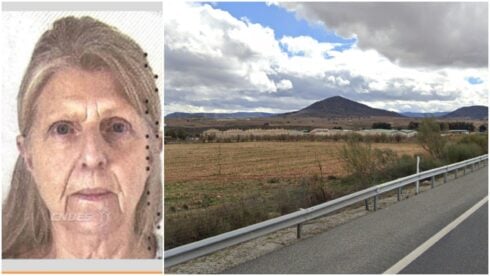SILENCE. There is not a single peep as I climb upwards through the valley to meet my maker.
I poke my head out of the cable car window and the Sierra Nevada’s fresh alpine air hits my lungs.
Then I hear it – a sweeping crunch down the crisp white piste, as a snowboarder whizzes past below.
Another tears through, and then a third, all weaving down the mountainside at blistering speed.
I’m definitely more terrified than the three Spanish guys sharing the carriage with me.
We have left behind the cosy bars and restaurants in Pradollano, the main town of Andalucia’s only ski resort.
We step out at Borreguiles, which sits some 2,700 metres above sea level.
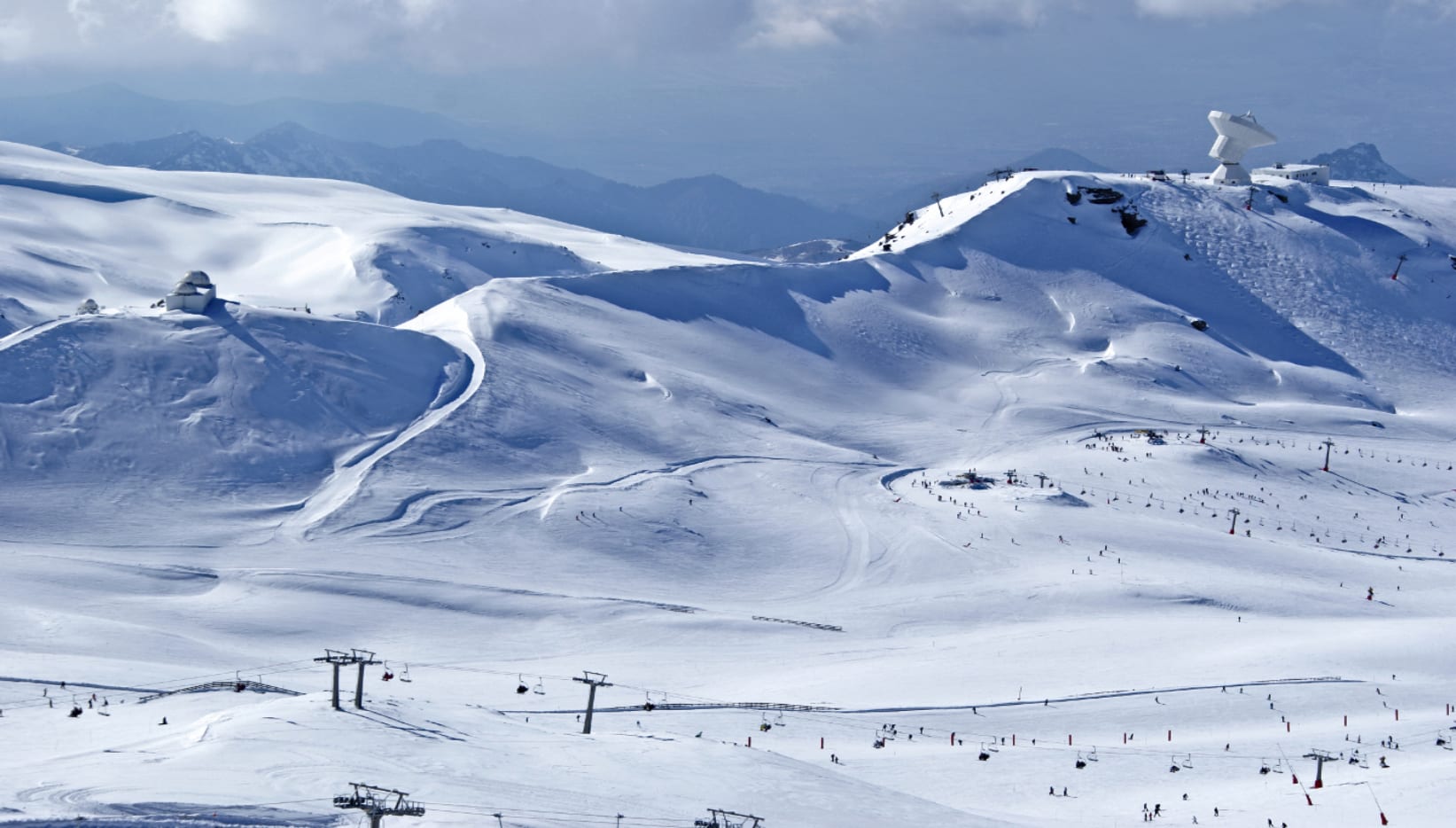
This is the basecamp for many of the Sierra’s runs, which range from the green-coloured ‘muy facil’ pistes to those in black, labelled ‘muy dificil’.
Blinded by the brilliant white sheen given off by the snow, I meet my teacher for the day, Joey, from the British Ski Center.
Having only ever skied on the dry slope in Halifax, Yorkshire, on a school trip, it’s fair to say I am out of my depth.
Joey takes me over to a small conveyor belt up a very gentle incline slope, that is probably classed as ‘muy muy facil’.
He puts me through my paces and after an hour of intensive training, I’ve gone from Bambi on ice to actually skiing.
It’s time to hit the slopes.
The pair of us hop onto the Emile Allais ski lift, named after the French alpine ski champion of the 1930s.
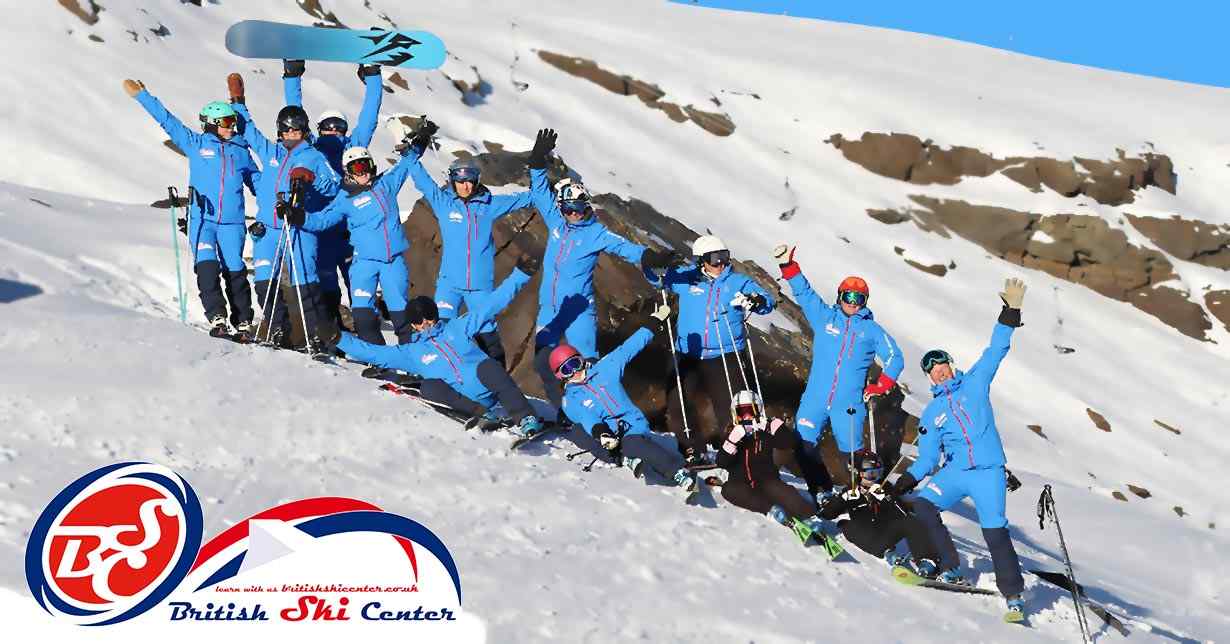
And maybe Emile would have been proud – if not a bit bored and bemused – as I safely ‘snow ploughed’ my way to the bottom.
Saying goodbye to Joey, I pop into Restaurante Borreguiles for a much-needed and reasonably-priced cafe con leche and bocadillo, while I reflecting on my newly-discovered sporting prowess.
With the sun now beating down, I take my confidence – or should that be cockiness – back up the slope and prepare for my first solo run.
All goes well until I cross a small but slippery patch of ice – a rarity on most of the Sierra Nevada slopes, which are generally icing sugar-soft.
A €9 million cash injection for the 2019/2020 season has seen the introduction of 33 new snow cannons, which produce the same amount of snow in half the time, meaning the environment benefits as well as the slopes.
As I hurtle over the ice, desperately trying to slow myself, I clip the skis of 10-year-old boy, sending us both flying.
As I look up I realise his classmates have witnessed the whole thing.

But rather than giving me a dressing down, the lad’s teacher imparts some words of wisdom and encouragement.
This friendliness is a characterising feature of the Sierra Nevada, as locals and tourists – from Portugal, Britain, Germany and Scandinavia – seem at peace among the tranquility of the idyllic landscape.
Given that my ‘victim’ and I both walk away unscathed, all in all, I count my first ever day’s skiing as a roaring success.
The prices for all this fun in the snow are not to be sniffed at either.
My adult’s one-day ski pass was €50.50 (low season price, which rises in high season to just over €52).
Seven-day options start from just €271, while there are generous discounts for children, elderly and disabled customers.
This is a bargain when you look at what the Sierra Nevada has to offer, with 124 different runs for every ability, whether you’re Shaun White or Barry White.

Beginner and intermediate slopes are in abundance with 19 green runs and 41 blues – my kind of territory.
And for Beijing Winter Olympics hopefuls there are 50 red runs (difficult) and 14 black and orange (very difficult).
There is even more adventure for the 2019/20 season, with some 30 events including Snowrunning (snow mountain race), Potholes (freestyle), School (alpine skiing) and Veterans (alpine skiing) competitions.
But perhaps the most exciting will be the Snowboardcross event, on March 6 and 7, starring legendary athletes like Lucas Eguibar and Regino Hernandez.
It’s hard to believe that 106,8 kms of pistes and 124 runs (75% open in mid-December) lie just two hours from sunny Marbella on sea and half an hour from Granada.
It truly lives up to the marketing hype as a place where you can ski in the morning and sunbathe on the coast, pina colada in hand, by the afternoon.
Expert skiers treasure the snow which, particularly in springtime, is quite unlike the tightly-packed ice found in many European winter sports resorts.
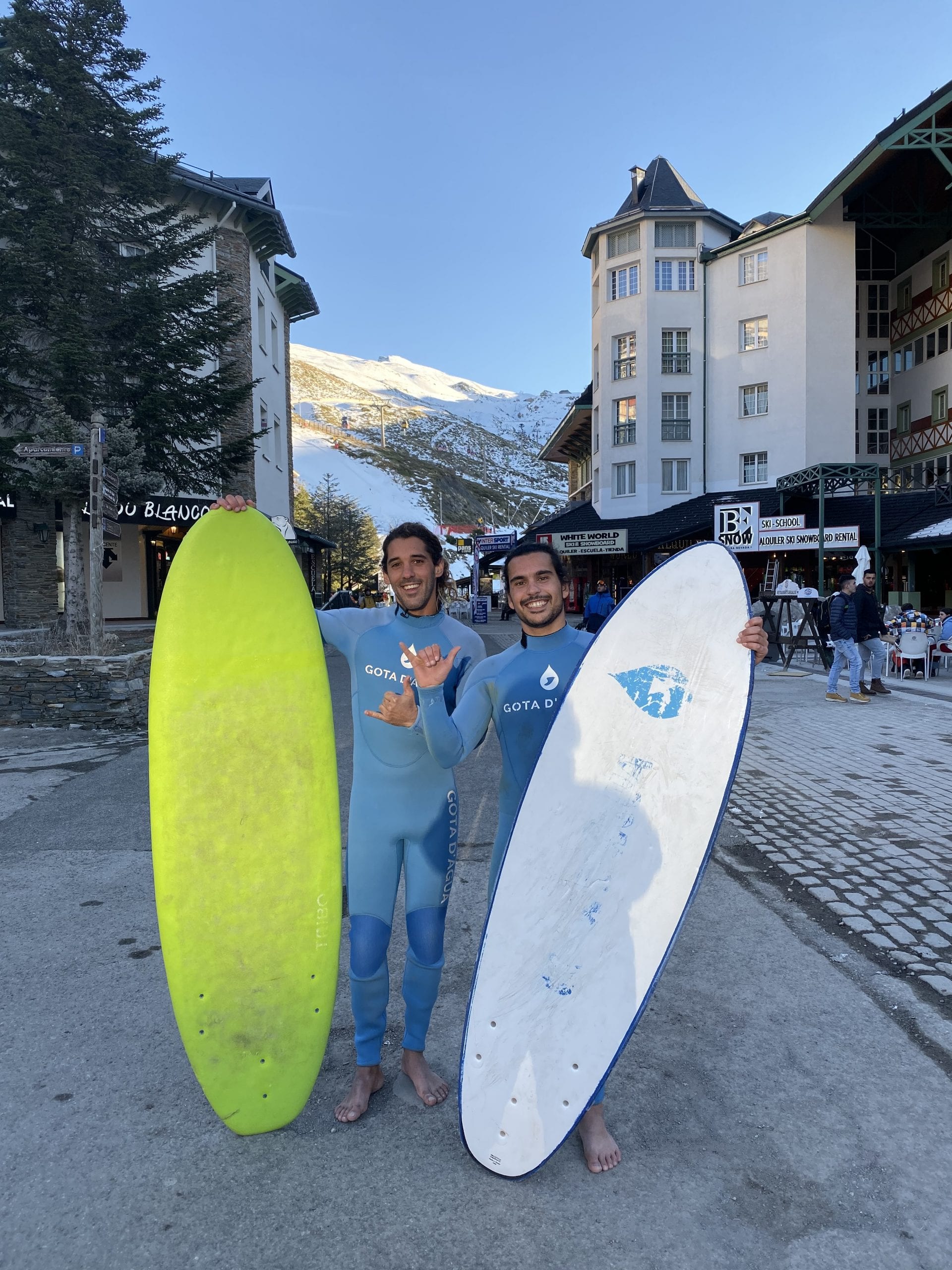
Some ski fans even brave the mountain descent in bikinis for the last day of the season in May (la bajada en bikini), an unmissable occasion charged with champagne, hedonism and near-nudity.
Even on my trip in cold December I spotted some shoeless surfer dudes, wetsuits and boards in tow.
“Constant improvements and an ability to produce a lot of snow are just two of the strengths of our resort,” said Santi Sevilla, who has been working at Cetursa, the resort’s administrator, for eight years.
“Add to that the arrival of the Freestyle Ski World Championship and Snowboarding here in March, and the affordability of ski passes, and you can see why it is one of the most attractive resorts in Europe.
“One of my favourite new additions is the Pista del Mar in the heart of Borreguiles.
“This has been created to make a fun and safe area where families and beginners can enjoy the snow.”
Santi is far from the only skier smitten by Pradollano’s charms.
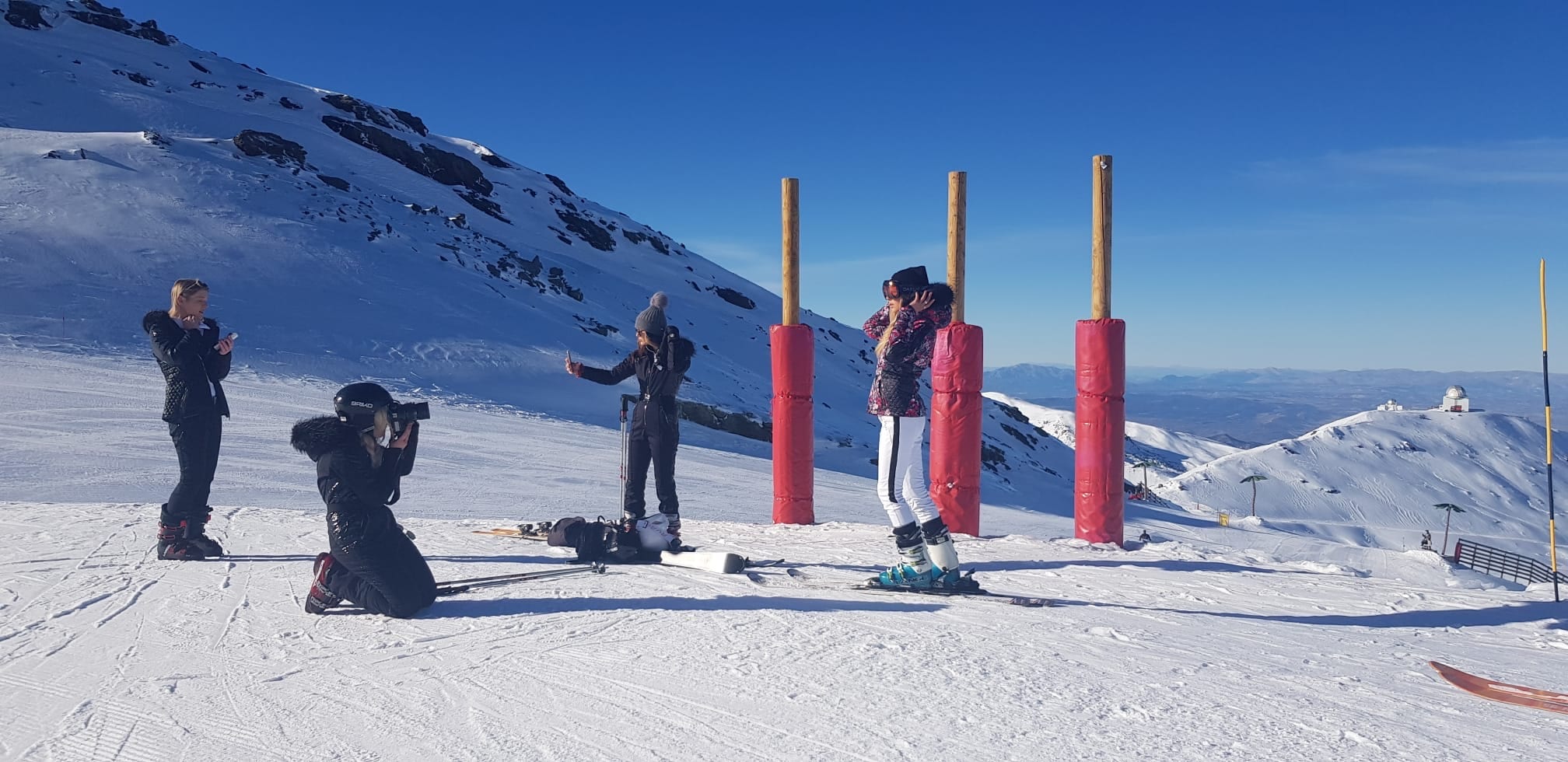
Over one million people visit the resort each year.
That is an impressive achievement considering it was only constructed in 1964, making it a newbie in comparison to some of France’s long-established resorts like Chamonix and Courchevel.
But there is much more to the Sierra Nevada than sliding down it on two planks of wood.
You can tackle it by toboggan and snowboard, or on a snowshoe hike (akin to walking with a tennis racket strapped to each foot).
Family-oriented Mirlo Blanco park gives kids their adrenalin fix as they brave the star attraction, Trineo Ruso (Russian sled), which whisks riders around a several hundred metre track with tight turns and a 550 metre descent.
A magic carpet slide and bouncy castles can also be found in the zone, along with mountains of snow for DIY fun.
And if that sounds like too much action, you can always swap icy snow for a hot steam bath and soak up some me-time at one of several hotel spas.
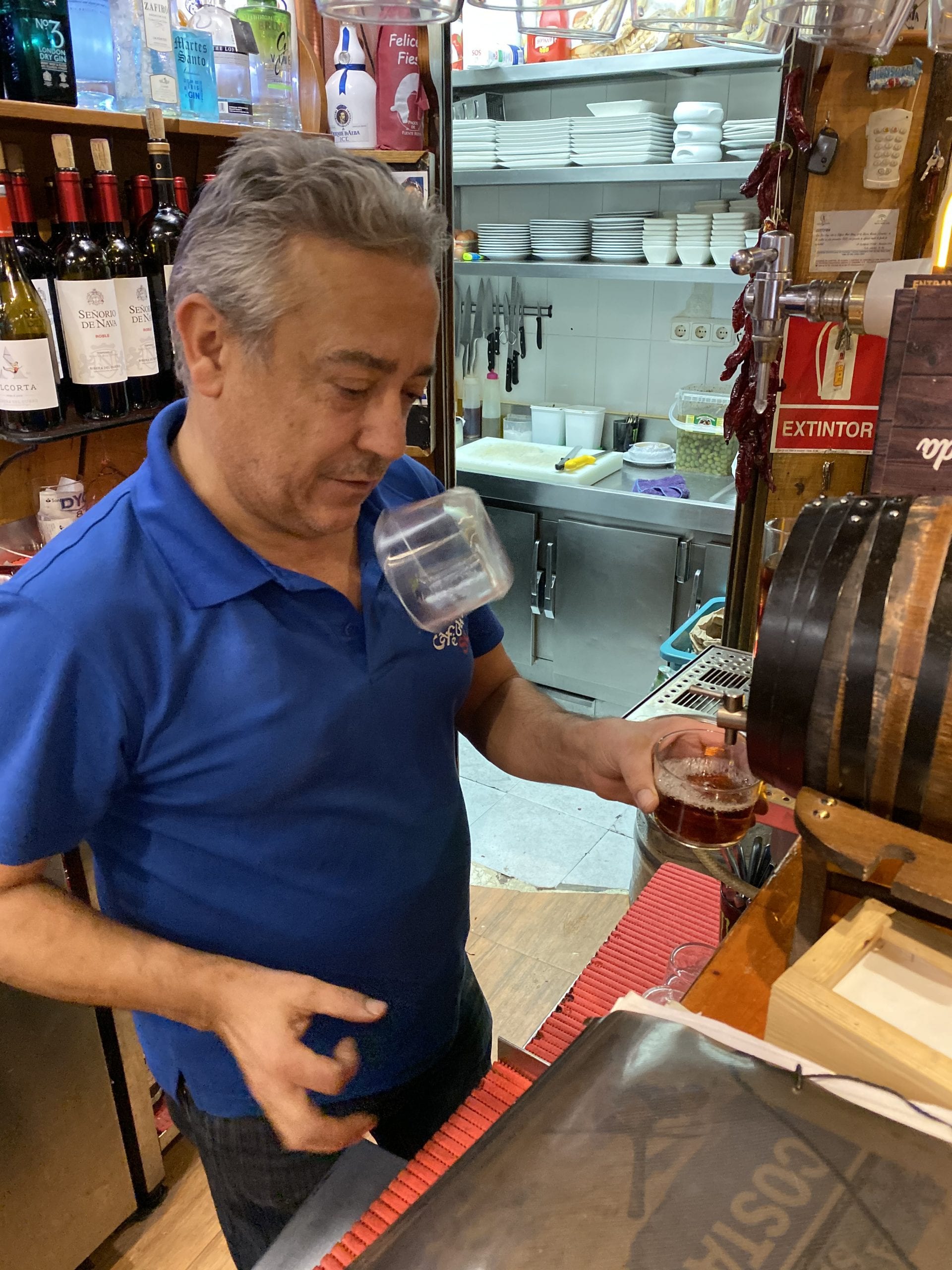
But all year round, the Sierra Nevada is paradise for fresh air fiends.
After ‘the melt’, the resort becomes a haunt for walkers, wildlife lovers and mountain bikers.
Get the best views by taking advantage of the ski lifts, which in summer carry both people and bikes to the summit to enjoy the breathtaking routes back down.
Borreguiles, the resort’s impressive ski bowl, boasts a bike park in the hotter months. Youngsters can test their strengths in the mini-olympiads zone or race against each other on the pedal car track.
Guided dawn and dusk walks and a bumper running and cycling race calendar are a magnet keeping the resort busy 12 months of the year.
Back in the icy present, it’s time to sample some of Pradollano’s legendary apres ski scene.
For the perfect start, drop into Bar Esqui where affable landlord Nichu slings cañas across the counter like a bartender in a western saloon while blasting punters with everything from Michael Jackson to 90s club classics. A hearty pub grub menu – with quality albondigas – is on offer as you scrutinise the history adorning the bar’s walls, including a family photo featuring a fresh-faced King Felipe VI.
An equally-tasty post-ski belly-warmer is the lentejas, freshly served up by Jose Carlos and his team at the cosy and modestly-priced Casablanca.
La Visera is also a great spot for steak, while Swell, Tito Tapas and La Bodeguita are all definitely worth a trip too.
For those with a bit more spending money, La Muralla’s revamped menu makes that hard work on the slopes all worthwhile. The melt-in-the-mouth carrillada is a must, as is the courgette carpaccio with fig sauce and the peanut tart to finish. And of course, nothing goes down better at this time of year than a steaming glass of tinto de Invierno – spiced, mulled wine. Salud!
Click here to read more Travel News from The Olive Press.


